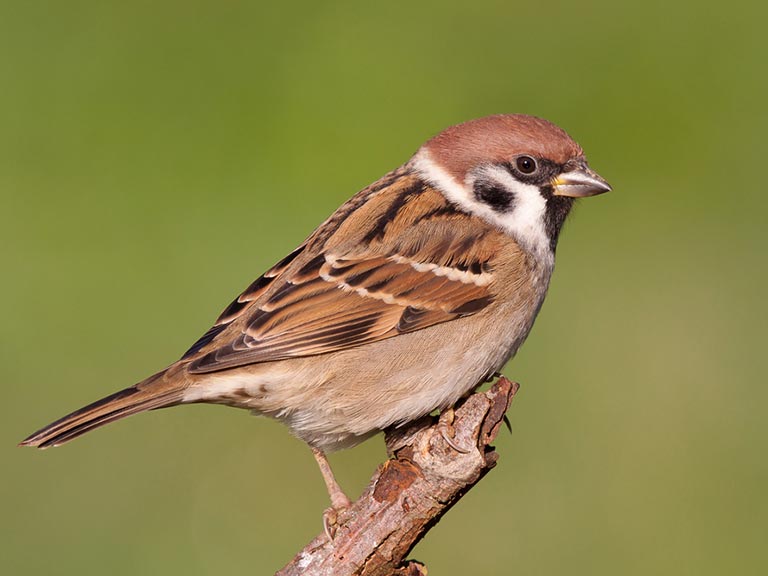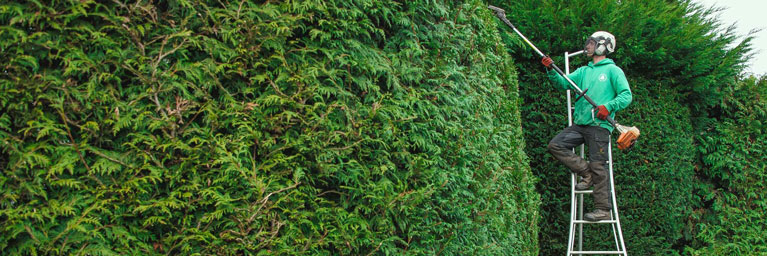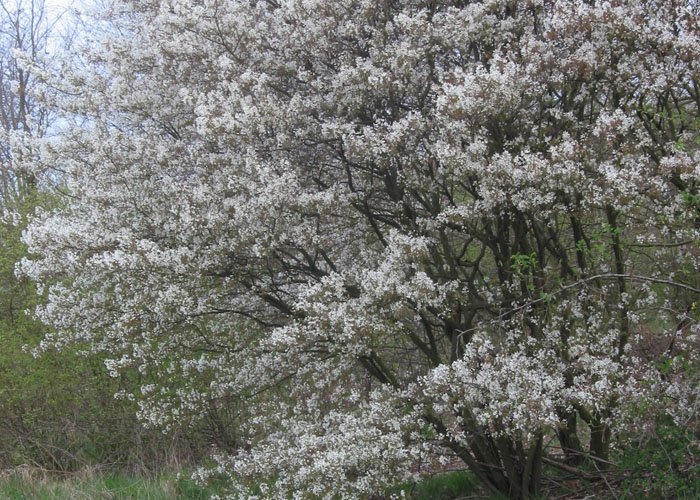Wildlife numbers in the UK are in general declining, especially so in bird populations. According to the RSPB, between 1970 and 1999 some of our most recognised bird species, such as the tree sparrow, have shown an alarming 95% decline in numbers.
Whilst our tree surgeons in Manchester do everything they can to counteract this decline, such as encouraging customers to plant a new tree for each one they remove, we should all be looking for ways to give nature a home. In this article we look at 5 trees that are especially good for encouraging all types of wildlife and particularly good for birds. But firstly what has led to the decline in the first place?
Agriculture
Whilst many may think that construction has led to the decline in wildlife numbers, surprisingly when it comes to bird populations much of the decline is due to increased agriculture. The most notable impact comes from the following;
- Increased efficiency, such as removing hedgerows to create larger fields.
- An increase in the amount of pesticides and fertilisers used in farm chemicals.
- Changes in buildings on farmlands, which has reduced the amount of nesting spots.
These are only some of the reasons our wildlife numbers are decreasing, and they are having a dramatic impact.

The Stats
We’ve already mentioned the loss in tree sparrows, but The RSPB also published the decline in other well-known bird species (between 1970 and 1999):
- We’ve seen a 78% reduction in Willow tits
- A 88% reduction in Corn bunting
- A 71% reduction in Starlings and Turtle doves
Since 1999 agriculture and construction has only increases, so if these were the figures then, we expect the declines to have risen even further in 2019. So what can we do to help?
As well as putting out bird feeders, bird baths and bird houses, we want to help sustain a ‘more natural’ enviornment for our wildlife and these trees are particularly good for achieving that:
1.Conifers
Coniferous trees have many benefits for birds, especially so because they are evergreen. Birds are able to take shelter in them all year round and they are a great nesting spot due to their density, which provides protection from predators. This density also provides birds with the shade they need in the summer months and can even act as a food source, with many conifers producing nuts or berries.
They are great nesting spot for many bird species, such as robins, greenfinches and ever larger birds such as crows. Since many bird species have their main breeding period between March and August it’s important to take great care when cutting or pruning conifers at this time of year, which our tree surgeons pride themselves on doing.

2. Euonymus Europaeus (Spindle)
Euonymus europaeus, commonly known as the spindle or spindle tree are a great addition to a garden if you’re wanting to attract wildlife. Whilst they aren’t the most popular choice for nesting, they typically grow between 3 to 6 metres and produce a wealth of colourful red berries.
Robins particularly like this plant, but be careful as whilst the berries and seeds are completely harmless to birds, they are poisonous for humans. As well as the berries providing food for birds, the tree’s flowers are a rich source of nectar for insects and their leaves are loved by caterpillars, moths and butterflies.
*Fun fact: it gets it ‘nickname’ the spindle as in the past it was used to make ‘spindles’ for spinning and holding wool. This was due to its timber being hard and dense, and was also used for a variety of other items, such as toothpicks and skewers.
3. Malus Sylvestris (Crab apple)
It’s pretty much a no brainier as to why crab apples are good for attracting wildlife, the clue is in the name after all. However, it’s not just the apples that provide value – crab apples flower early and are therefore a great source of pollen for insects early on in the season. Once they’ve finished flowering and produce apples, they provide a food source for birds, mice and even badgers.
We’ve heard they make a decent pie too (the apples, not the badgers!)
4. Frangula Alnus (Alder Buckthorn)
Alder Buckthorns are native in Britain and can therefore be found in national parks, along road sides, in fields and everywhere really, but that doesn’t mean you shouldn’t add one to your garden.
Like the spindle tree, Alder Buckthorn’s produce an array of pollen and berries, which are enjoyed by birds, caterpillars and much more.
5. Amelanchier Laevis
Amelanchier Laevis, otherwise known as ‘R.J. Hilton’ are not only aesthetically pleasing but also provide many benefits for wildlife. Their white flowers allow them to stand out within a garden, especially so because it’s a bushy tree, which provides a spot for nesting.
As well as the tree providing shelter and a home they also produce berries in the summer months, providing another food source for your garden friends.

As well as generally wanting to care for nature, it’s important to remember that a loss in wildlife can have devastating consequences on our eco-systems. Just look at China’s ‘Four Pests Campaign’, where the government ordered their citizens to wipe out a number of ‘pests’, including sparrows.
The aim was to reduce disease, but instead it ended up being one of the causes of the Great Chinese Famine, which led between 15-45 million people to die of starvation. Whilst they didn’t know it at the time, the sparrows were eating a lot of the insects that destroyed the crops, so with less sparrows, came the loss of crops.
If we’ve inspired you to take more action when it comes to protecting wildlife, speak to one of our tree surgeons today who can assist you with any tree pruning needs, ensuring it’s done in a safe way that minimises wildlife disruption.
